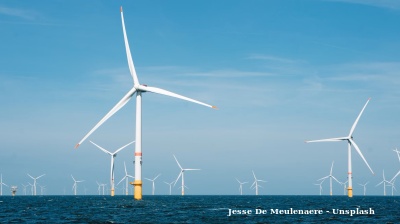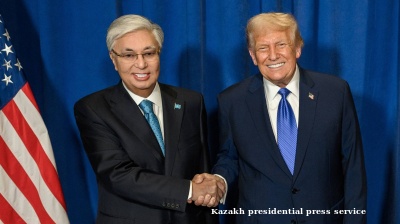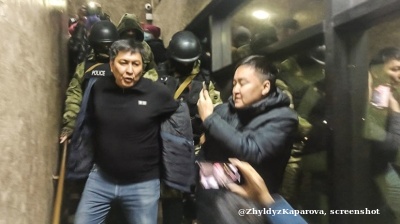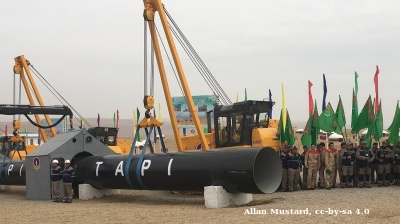Kyrgyzstan is responding to the rising temperatures of the climate crisis with artificial glaciers in efforts aimed at staving off drought.
Regional media reports published recently have referred to there being at least a score of the artificial ice deposits across the country, with the first having appeared in the village of Jergetal in Naryn Region in 2019.
Artificial glaciers are formed by freezing natural springs of water emanating from a mountain source. Pipes are used to direct the water. Gradually, ice towers of 30 to 50 metres appear around the springs. Then, as temperatures warm, the artificial glacier begins to melt. The intention is to make it a prolonged source of drinking water and water for uses including irrigation.
In 2022, an artificial glacier was created on the remote Kara-Dobo pasture in the Jalal-Abad region thanks to the efforts of local residents backed by technical assistance from the UN Food and Agriculture Organization (FAO) and financial support of $5,500 from the UN Peacebuilding Fund.
The next year, several villages followed this example to preserve livestock farming in arid areas.
Artificial ice in Orozbekov in Batken Region should provide sustenance for livestock belonging to residents of three villages. “Water for the glacier comes from a mountain spring through pipes,” chairman of the pasture users committee of the Orozbekov village area, Eminbek Temirbayev, was cited as saying by The Times of Central Asia. “This system works without requiring electricity.”
It is believed that the world’s first artificial glacier was created in the late 1980s by the “Ice Man” Chewang Norphel, an engineer from the Indian village of Skara on the western Tibetan Plateau.
Artificial glaciers are seen as relatively cheap and simple to create. The simplicity of their design means they can become a widespread option for providing water to residents in arid and hard-to-access mountainous areas.
Around 94% of Kyrgyzstan’s land mass is covered by mountains. Some estimates show that in the past 70 years, the country has lost around 16% of its glaciers.
bneGREEN

The Arctic and Antarctica record "off the charts" heat as polar warming accelerates
Parts of both the Arctic and Antarctic have experienced historically high temperatures in recent weeks, with weather stations in East Antarctica recording record-breaking warmth for the month of October, alarming climate scientists.

Giant glacier chunk breaks away in Tajikistan, mountain villages put on alert
Situation serves as reminder that climate crisis threatens to wreak havoc in Central Asian country.

Singapore’s green pivot – headline grabbing but still limited
Forays into offshore wind via regional cooperation with neighbours, and forward-looking bets on hydrogen and low-carbon fuels are making headlines, but the scale required to wean a heavily gas-dependent system off fossil fuels is still daunting.

North Macedonia's Skopje tackles mounting waste and rodent crisis
Locals say the problems in Skopje's Centar municipality worsened during the local election period when political campaigning took precedence over maintenance.




